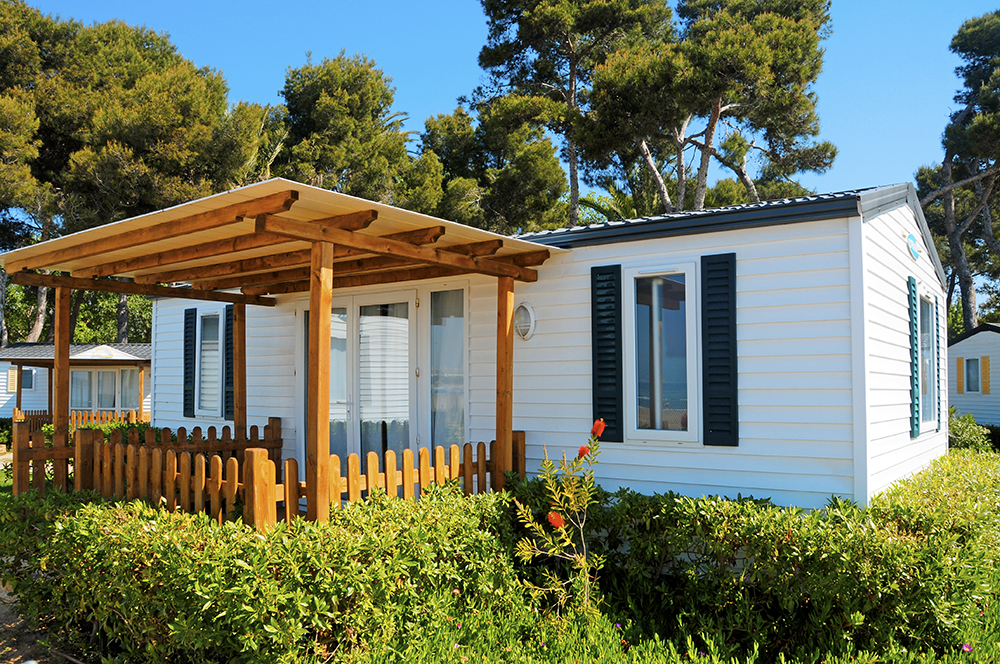Senior Citizens Age 55+ Proposition 60 and Proposition 90 for California Residents
While senior citizen homeowners are looking to take advantage of Proposition 90, as it nearly ends in November of 2018, and lets these long time homeowners obtain lower property taxes, (thanks to Proposition 13) provides an incentive to move out of their bigger homes and downsize making their previous homes available to younger families. The Local Records Office suggests, while you decide to move whether it be to live closer to your kids or grandchildren, this financial help will potentially keep your low property taxes under certain conditions of the Propositions 60 and 90 can be a significant help for seniors with a fixed income.
Though, while there are limitations, please do your careful research and speak directly to a concerned county assessor’s office for more information and see whether you may qualify.
The constitutional tax initiatives allow senior citizens age 55 and older transfer the trended base value from their current home into a replacement property when certain requirements are met. Proposition 60 relates to transfers inside the same county (intra-county) and Proposition 90 refers to transfers of base value from one county to another county in California (inter-county). This is a one-time only benefit and ends November 7th of 2018, says the Local Records Office.
Under the California state law, an elderly homeowner may transfer the trended base-year value of their home to another home within either Los Angeles County or another country that allows inter-county transfers. There are 11 of California’s counties that accept such transfers: Alameda, El Dorado, Los Angeles, Orange, Riverside, San Bernardino, San Diego, San Mateo, Santa Clara, Tuolumne, and Ventura.
The Board of Supervisors in the El Dorado County voted to end this program, but will not affect property owners who’ve been approved for a Prop. 90 base-year transfer. For the more up-to-date list of counties that accept the inter-county transfers, visit the California State Board of Equalization’s site.
Eligibility Requirements:
Aside from geography, age, and value restrictions, the state law allows only one such law per married couple. Additionally, you must either purchase or complete construction of your replacement home within 2 years of the sale of your original property. Both your original home and your new home must be your primary residence. The claim also must be filed with the Assessor within 3 years of purchasing or acquiring your new replacement property. And if a claim is filed after the 3-year period, relief will be granted to the beginning calendar year in which the claim was filed. The claimant also must be eligible for the Homeowners’ and/or Disabled Veterans’ Exemption.
The claim form, BOE-266, Claim for Homeowners’ Property Tax Exemption, is available with the county assessor
- The replacement property has to be your principal residence and you must be eligible for either the Homeowners’ Exemption or Disabled Veterans’ Exemption.
- The replacement property must be of equal or lesser “the current market value” than the original property. The “equal or lesser” test is applied to an entire replacement residence, even when the owner of the original property acquires an only partial interest in the replacement residence. Owners of 2 qualifying original residences also may not combine the values of those properties in order to qualify for a Prop. 60 base-year transfer for a replacement residence of a greater value or be more valuable than the two original residences.
- The replacement property has to be purchased or built within two years (either before or after) the sale of the original property.
- Your original property must have been eligible for either the Homeowners’ or Disabled Veterans’ Exemption.
- Either you or a spouse residing with you, must have been at least 55 years of age when your original property was sold.
